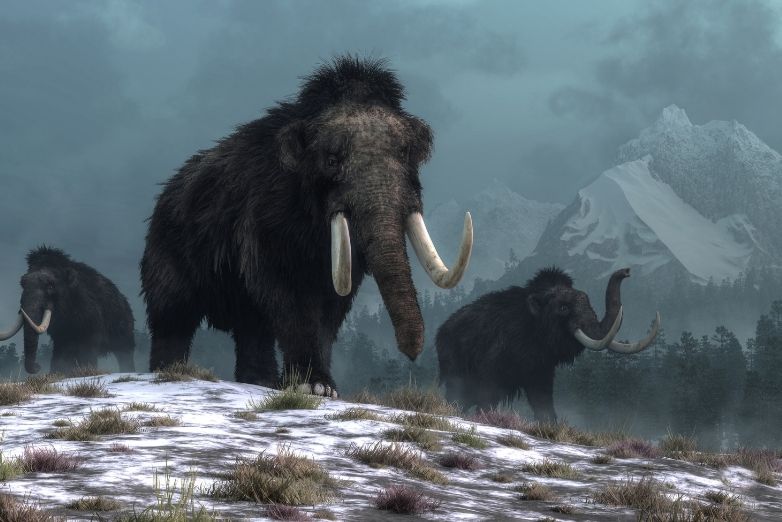In a recent article in the popular science and technology publication Wired, writer Matt Reynolds explores the practical implications of why “You’re (Maybe) Gonna Need a Patent for That Woolly Mammoth”.
The idea that scientists are modifying DNA and racing to bring extinct species back from the dead may conjure up thoughts of worst-case scenarios as depicted in Jurassic Park films. If, like in the films, genetic engineering (cutting and pasting genes in DNA from two organisms to create new genetic material) is successful in resurrecting the woolly mammoth, does the inventiveness of combining two naturally pre-existing genes qualify the new species for patent protection? Or is the new organism protected by nature?
Who is working on this?
Among others in the CRISPR and genetic modification space is “Colossal – [a] start-up Co-Founded by the Harvard geneticist George Church – wants to resurrect a woolly mammoth within the next six years. Its CEO, Ben Lamm, is confident that a mammoth is patentable”. Their idea is to use what is known about the mammoth genome to edit the DNA of the Asian elephant, creating a new species with higher tolerance to cold.
Using PatBase or PatBase Express, Minesoft’s patent search and analysis platforms, we can search for the inventor George Church to find existing patents that might hint at the science behind this resurrection project. PatBase is designed for regular patent searchers who require advanced search options and in-depth analytics for reporting. PatBase Express is an easy-to-use patent search engine requiring little to no patent training to find relevant concepts across global data.
To search for inventor names, use the intuitive search forms to enter “George Church or Church George” using the Boolean operator “OR” to signify searching for either order of the inventor’s name. The patent search platform will instantly load all matching patent records with the inventor’s name.
PatBase and PatBase Express are family-based patent databases. This means, when reviewing patent records, all publications related to the same invention will be grouped in a patent family, making it easier for users to review novel ideas and inventions without coming across duplicated records published in other jurisdictions. If you would like a free PatBase trial, sign up here: http://www.discoverpatents.net/
What is the possible outcome?
Later in Reynolds’ article, he mentions that the goal of Colossal isn’t to directly monetise the mammoths à la Jurassic Park, but to patent and license the technology developed by the company along the way for other purposes. For example, they suggest that a giant artificial womb to grow the mammoth-elephant hybrid could provide breakthrough technology to help extremely premature human babies survive outside the body.
There is increasing interest and patent activity in the CRISPR-Cas9 technology area. Just look at this graph from PatBase Analytics on all patent families, applications, grants and priorities mentioning CRISPR or Cas9 in the title, abstract or claim!

Patent data offers a wealth of technical information that is often never published elsewhere. Patent databases like PatBase and PatBase Express equip researchers with powerful research and analytics tools that can be accessed anytime, anywhere to extract meaningful insights. Sign up for a free trial here: http://www.discoverpatents.net/
The ethical implications of this mammoth project undertaken by Colossal are that to get funding for their de-extinction patents to begin with, they need to convince investors that there will be a monetary return on the other side. Patent protective rights are designed for monetisation purposes. If Colossal can license their patented ideas to be used only in controlled resurrection projects or to share knowledge across industries, perhaps there won’t be a real-life Jurassic Park. Or, perhaps the ominous warning of Dr Ian Malcolm (played by Jeff Goldblum) will ring true, and “life will find a way”.

